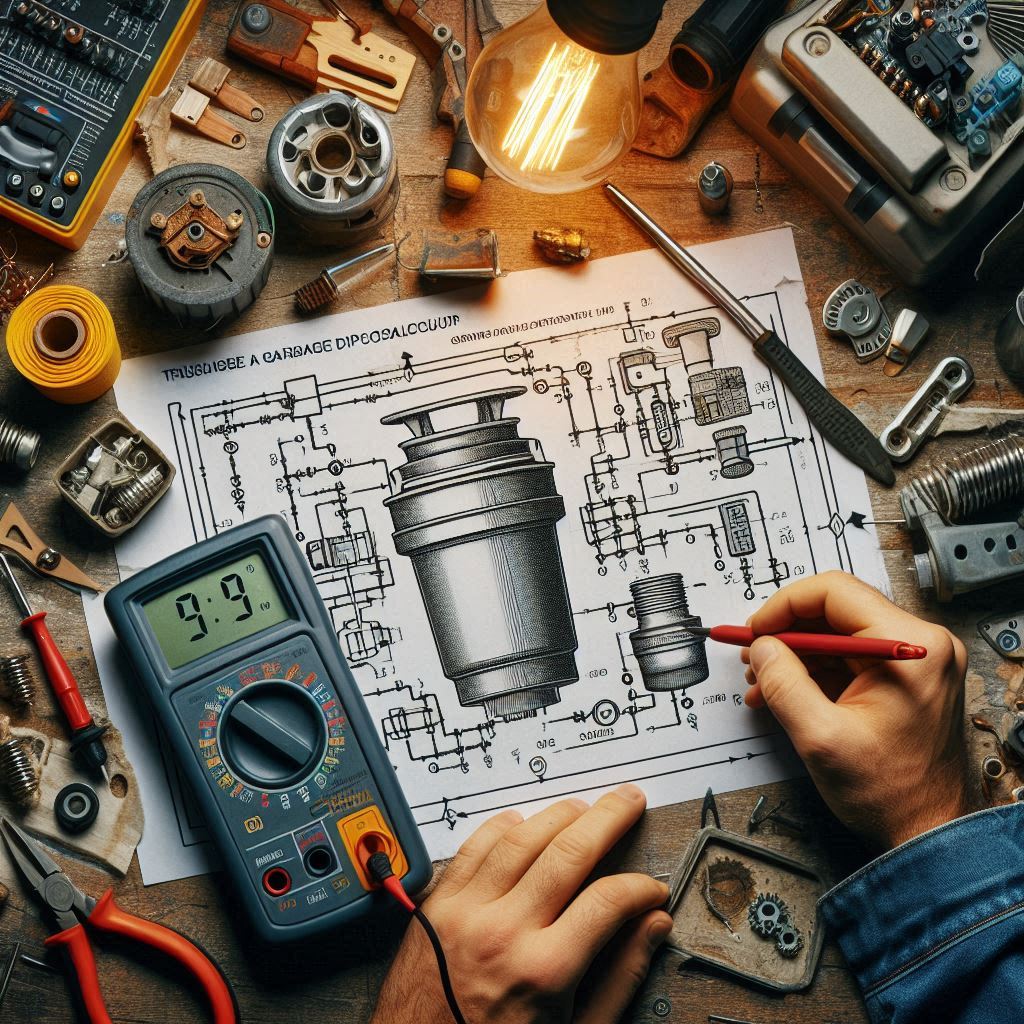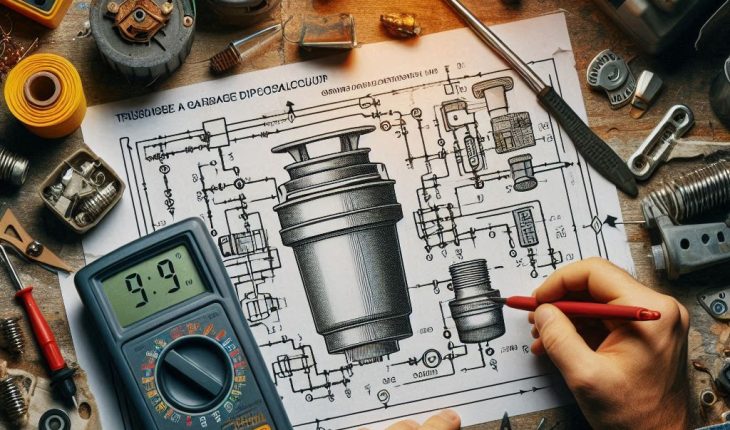A garbage disposal is one of the most useful kitchen tools, but when it suddenly stops working because of a circuit overload, it can feel like a serious electrical headache. Most homeowners panic and assume the motor is dead — but in reality, the fix can be much simpler. Below are clear, point-by-point steps to help you fix garbage disposal circuit overload problems safely and effectively.

1. Understand What a Circuit Overload Means
Before trying to fix garbage disposal issues, you need to know what “overload” really means.
A circuit overload happens when your disposal draws more electricity than the circuit can handle. This can trip a breaker or trigger the reset button on the unit. Common causes include:
- Jamming inside the disposal blades
- Overloading the disposal with heavy food waste
- Faulty motor or internal short
- Running the disposal while another high-power appliance is on the same line
When this happens, your disposal shuts off automatically to prevent further damage.
2. Safety First — Unplug Before You Fix
Always turn off the power supply before you fix garbage disposal electrical issues.
- Unplug the unit under the sink, or switch off the kitchen circuit breaker.
- Never insert your hand into the disposal without disconnecting power — even if it’s not spinning.
This one step can prevent electric shock and serious injury.
3. Check the Reset Button
Most modern disposals include a small red reset button underneath the unit.
To fix garbage disposal circuit overload:
- Wait at least 10 minutes for the motor to cool down.
- Press the red reset button once — you should feel a click.
- Restore power and run water while turning on the disposal.
If it starts working again, the overload problem is solved. If not, move to the next step.
4. Inspect the Circuit Breaker Panel
Sometimes, the overload triggers the main breaker panel instead of the disposal’s reset button.
- Find your home’s breaker box.
- Look for the switch labeled “Kitchen” or “Disposal.”
- If it’s tripped, move it fully to OFF, then back to ON.
If the breaker trips again immediately, you may have a short circuit in the disposal wiring.
5. Remove Any Jam or Blockage
A jammed impeller is one of the most common reasons for circuit overload. To fix garbage disposal jams:
- Use a hex wrench in the bottom flywheel hole to rotate the blades manually.
- Move it back and forth gently until it turns freely.
- Remove any stuck food, metal, or plastic piece causing the jam.
Once it’s clear, press the reset button again and test the unit.

6. Check for Moisture or Water Damage
Moisture inside the electrical compartment can also cause overloads.
- Inspect for leaks or condensation near the disposal motor.
- If you find moisture, unplug the unit immediately and let it dry for several hours.
- Use a towel or gentle heat to speed up drying.
Fixing leaks around the sink or drain line can prevent future overloads and corrosion.
7. Test the Electrical Load
If the disposal keeps tripping the breaker, it may share a line with another heavy appliance (like a dishwasher or microwave).
To fix garbage disposal overloads permanently:
- Plug the disposal into a dedicated circuit.
- Avoid running multiple appliances simultaneously on the same outlet.
- If unsure, hire a certified electrician to assess the load.
8. When to Replace the Unit
If the disposal still doesn’t start after multiple resets, the internal motor may be burned out. In this case, it’s more practical to replace than repair. Choose a new, energy-efficient garbage disposal with built-in overload protection and better insulation to avoid future issues.
A circuit overload doesn’t always mean your garbage disposal is dead — in many cases, it’s a simple fix. By following these points, you can fix garbage disposal problems safely, prevent electrical damage, and extend your unit’s lifespan. Always remember: safety comes first. When in doubt, call a professional electrician or plumber to inspect the wiring and ensure your kitchen stays hazard-free.

